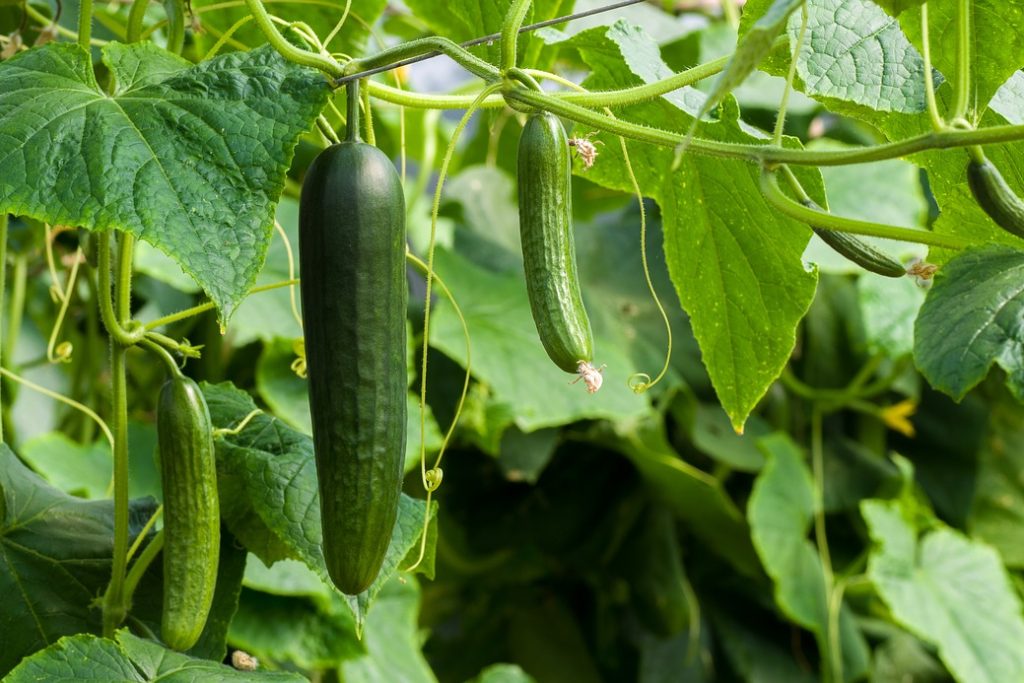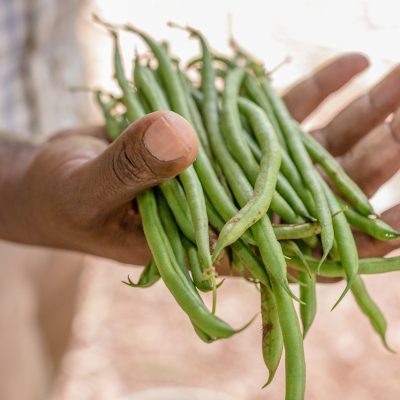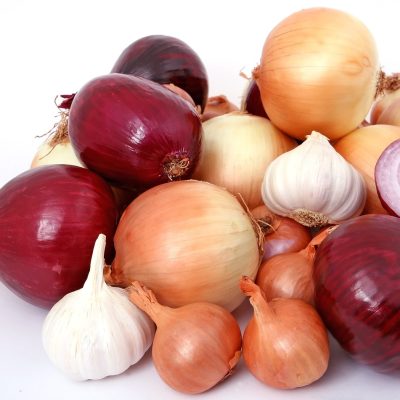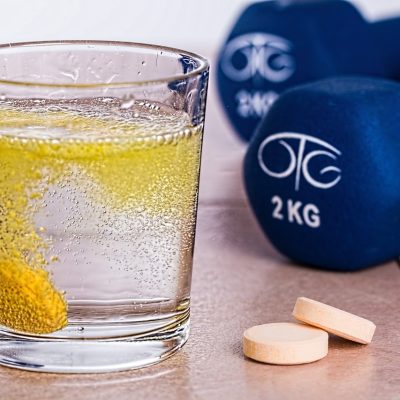Cucumber lovers may be aware that it is often used in salads in everyday meals. Few individuals, however, are aware of its health advantages. It contains Vitamins K and A, which are good for your bones and boost your immune.
Read more: 12 Best Foods for Immune System | Stay Healthy
Cucumbers may be grown at home for this reason. However, you must guarantee that their colour doesn’t become white. Powdery mildew is a common cause of cucumber leaves becoming white. As a result, you must deal with the problem and take preventative steps.
Those who have powdery mildew should know that the fungus is the culprit. Powdery mildew is the most prevalent cause of whitened leaves, which may be caused by a number of pests as well. Leaf turning white is a typical condition that may be recognised by gardeners.
Why Are My Cucumber Leaves Turning White?
Although there are various factors that might cause cucumber leaves turning white. The substantive analysis, though, is powdery mildew. Precautions and treatment will be described in further detail below.
It is vital, according to specialists, that you identify the issue as soon as feasible. Early detection enables you to react promptly. It will help to reduce the loss of important cucumber leaves while also preserving your plants from further damage.
![]()
What Is Powdery Mildew?
Powdery mildew is a fungal infection that negatively impacts your plants. However, the main diseases are called podosphera xanthi in cases of cucurbits. Powdery white spots appear on the upper and lower side of the leaves. Which expand into large patches and cover a huge area of the leaf. Moreover, Spores also grow on the fruit and stems of the plant.
How To Get Rid Of Powdery Mildew?
Cucumber’s white leaves frequently turn brown, dry up, and finally, fall off. If the problem is not resolved, the plant will become weekend, with early fruit ripening and under-sized fruit.
Powdery Mildew Treatment
- If you discover that the region where you intend to plant is prone to powdery mildew, the best option is prevention.
- Sulfur-based fungicides, which may be applied to either side of cucumber leaves every 7-10 days, are suitable.
- Although baking powder can be used as a therapy it is not always beneficial. However, when coupled with soap and water, it performs admirably.
- 1 tablespoon baking soda and 1/2 teaspoon non-detergent soap in a gallon of water.
- Shake them vigorously to form a spray and ensure that the cucumber plants are well coated.
- Proper maintenance may assist you in removing the conditions that cause powdery mildew.
Watch this easy inexpensive ways for eliminating powdery mildew:
Cucumber Plant Leaves
The illness manifests itself in locations with minimal sunlight. Plant the cucumbers in an area that receives at least 6 hours of direct sunlight every day. Allowing them to breathe is a good idea, and you should protect them by restricting weed growth. Excess foliage must be cut in order for sunlight to reach the lower leaves, which may develop powdery mildew if not exposed to enough sunshine. Choose a cucumber plant that is resistant to this disease. Two well-known examples are Dickson Supreme and Sweet Success.
![]()
Cure Leaf
- Use neem oil if you observe a white hue on your plants. In the event of a serious infection, apply horticultural oil or saf-t-Side spray.
- When the temperature is 90°F or above, avoid using them.
Final Words
Cucumber planting is a simple task that requires you to ensure the health of your crops. Powdery mildew causes cucumber leaves to become white. However, you may combat the problem by spraying sulfur-based fungicides using a spray comprised of homemade baking powder, soap, and water.
Some more related articles:





